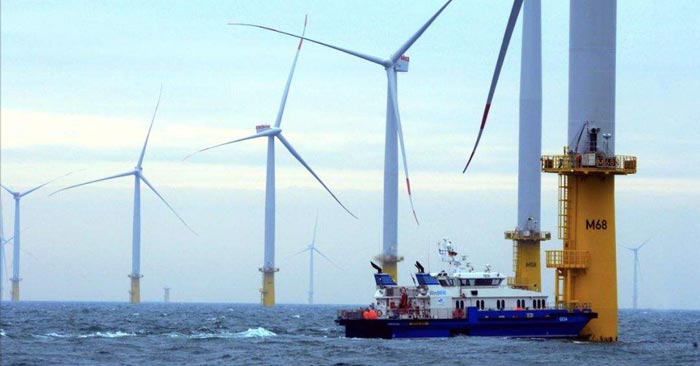The use of wind speed sensors in the marine field can usually be divided into two areas: ocean and offshore:
- Oceanic areas: Most of the ocean storms actually originate from the distant seas, so setting up a meteorological observation platform at this location can play a role in early prediction. At present, in order to study changes in marine meteorology, people have set up a large number of Coastal meteorological observation platforms, but due to the inconvenient maintenance of equipment in the far sea and the harsh weather environment, these meteorological platforms use low-cost, but durable wind speed sensors, such as three-cup anemometers.
- Offshore areas: In offshore areas and coastal locations, people usually set up weather stations with wind speed sensors. Since these areas are more convenient for the maintenance and inspection of the anemometer, some higher-cost instruments such as ultrasonic, optical and other anemometer devices can be used.

The ultrasonic wind speed sensor is a fully digital signal detection instrument, which can calculate the wind speed through the propagation time of ultrasonic waves in the air. With the development and utilization of the ocean, this kind of equipment has gradually been widely used in the marine field. Because people are developing the ocean, they also need to prevent the disasters that the ocean brings to human beings, especially the changing wind speed of the sea surface. Therefore, the anemometer has become their preferred product.
Since traditional anemometers have rotating mechanical parts that can easily damage the sensor, ultrasonic wind sensors are designed to avoid any mechanical parts, ensuring more reliable operation. At the same time, the ultrasonic anemometer has long-term stability without maintenance. Regarding sound, sound is transmitted by flowing objects at intersections. The transmission is made by electro-acoustic sensors using ultrasonic signals to communicate between them. Along the orthogonal axis, the sound wave transit time differs due to wind speed.
The ultrasonic anemometer can output wind speed and wind direction at the same time. Customers can choose the wind speed unit, output frequency and output format according to their needs. Heating or analog output can also be selected as required. It can be used with computers, data collectors or other acquisition equipment with RS 485 or analog output. If necessary, multiple units can also be used to form a network. Ultrasonic anemometer is a relatively advanced instrument for measuring wind speed and direction. Because it overcomes the inherent defects of mechanical anemometers well, it can work all-weather and for a long time, and is used more and more widely.
